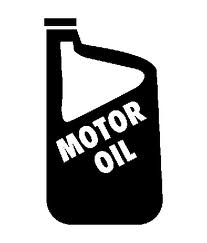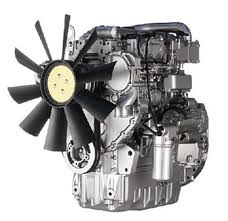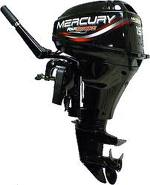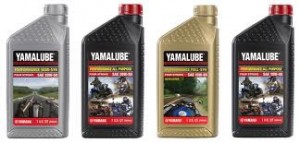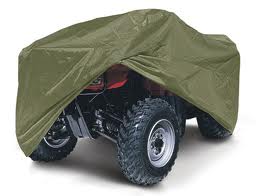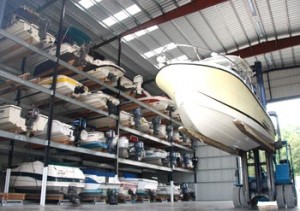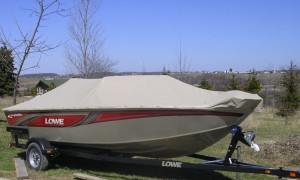What Does Motor Oil Do? Part Three
 One of the functions we don’t usually associate with marine engine oil is cooling. In most vehicles, the antifreeze concoction in the cooling system only does about 60% of the work when it comes to cooling the engine. Not only does oil cool the engine as it pulses through the system, it also controls the temperature by reducing friction.
One of the functions we don’t usually associate with marine engine oil is cooling. In most vehicles, the antifreeze concoction in the cooling system only does about 60% of the work when it comes to cooling the engine. Not only does oil cool the engine as it pulses through the system, it also controls the temperature by reducing friction.
Many of the grooves and spaces in-between the fittings on the engine leave microscopic openings in the system where pressure normally would be able to escape. However, the oil works its way into these gaps and creates a seal, effectively improving the engine’s efficiency. Additives in the oil now help reduce foam, allowing the oil to function to its full capabilities.


